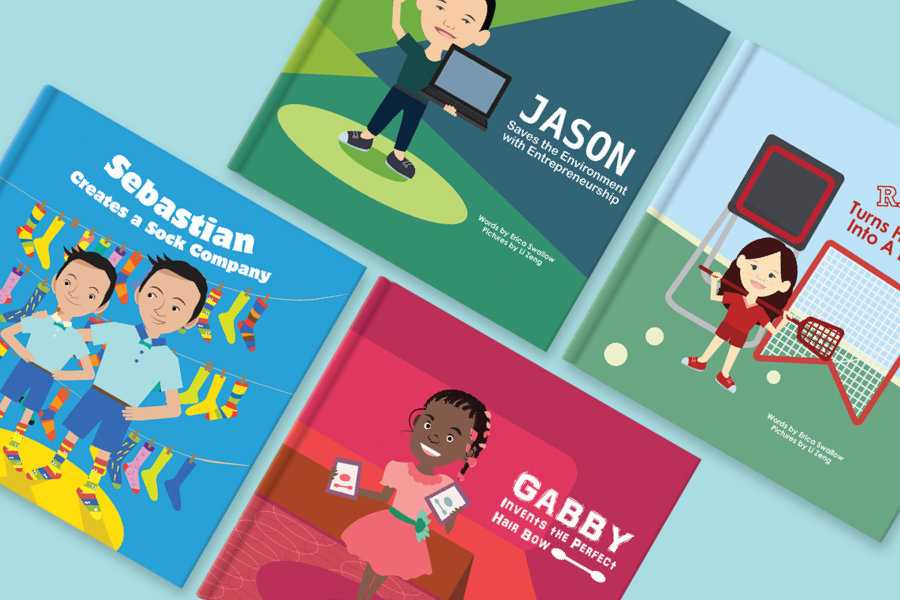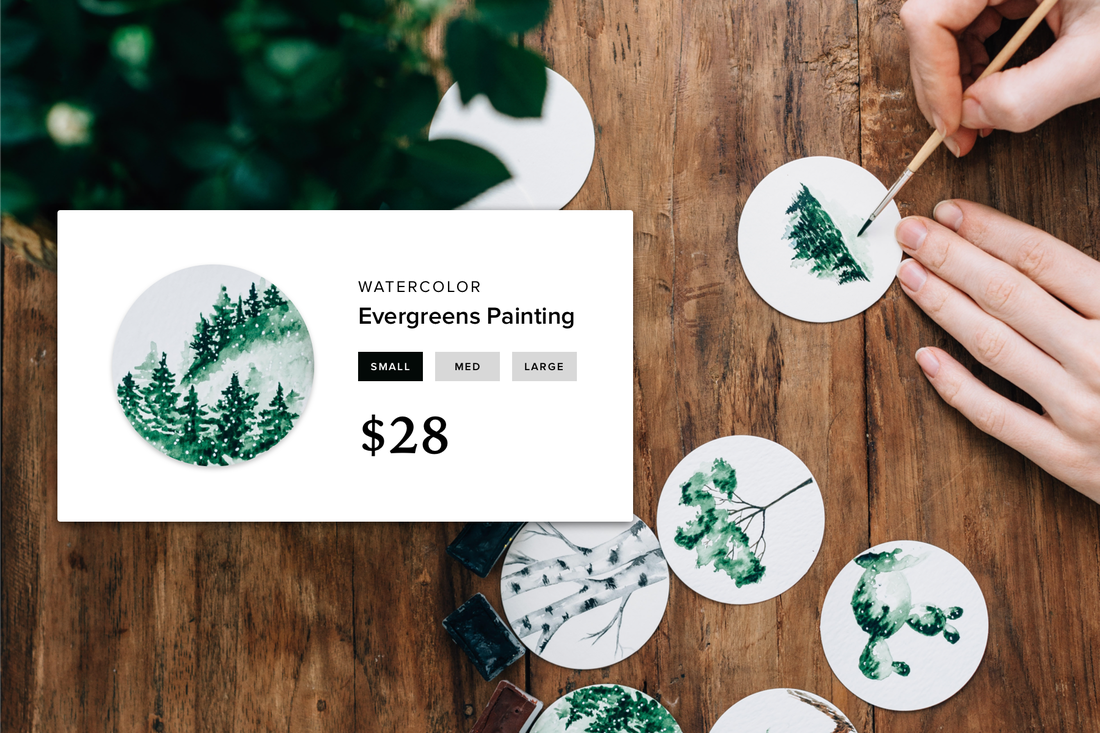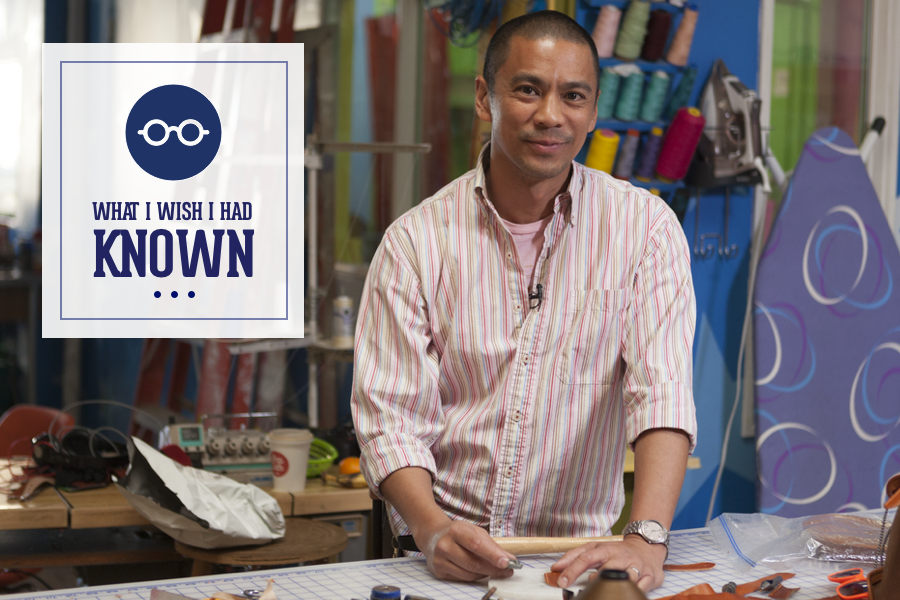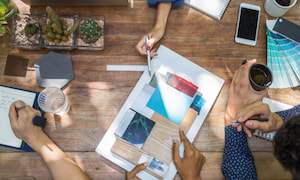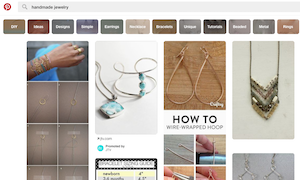Entrepreneurs need to learn a little bit about nearly every aspect of business — and they need to learn it fast! What better, safer way to learn than from other people's mistakes? That's why we've launched this new series — “What I Wish I Had Known" — to share lessons that successful business owners have learned through experience. We hope their advice prepares and informs you for your own entrepreneurial journey. And, if you missed it, check out the first installment of this series: 6 Things I Wish I Had Known About Building a Website.
Ely Rodriguez, started Ruthworks SF in 2009 after custom-designing luggage he could carry on a borrowed bike for his upcoming 10-day bicycle tour. Working as a school director at the time, he didn't realize that this first bag would turn out to be the prototype that launched his own custom cycling luggage business. Today, though, designing and selling bicycling-friendly luggage is his full-time job.
“Using that bag on my bicycling tour was the impetus, and I continued to refine its design up until 2015," Ely says, noting that he's learned a few prototyping lessons since.
“In the design phase, prototyping allows you to troubleshoot and refine the usability of the product. Its weight, dimensions and aesthetic can be tweaked, and other details can be added or removed to increase its practical use or to alter its price point." He also notes that the production phase of prototyping allows business owners to get a realistic idea about the time involved, if the method works and which materials or tools will be required to build a single project. “This will affect the cost and price point," he explains. “At this phase, you can fine tune your sourcing and scale."
Beyond why prototyping is important for a business, here are seven lessons Ely has learned:
“Using that bag on my bicycling tour was the impetus, and I continued to refine its design up until 2015," Ely says, noting that he's learned a few prototyping lessons since.
“In the design phase, prototyping allows you to troubleshoot and refine the usability of the product. Its weight, dimensions and aesthetic can be tweaked, and other details can be added or removed to increase its practical use or to alter its price point." He also notes that the production phase of prototyping allows business owners to get a realistic idea about the time involved, if the method works and which materials or tools will be required to build a single project. “This will affect the cost and price point," he explains. “At this phase, you can fine tune your sourcing and scale."
Beyond why prototyping is important for a business, here are seven lessons Ely has learned:
Lesson 1: Plan for scalability
“If I could do it from the beginning again, I'd plan my design with scalability in mind," Ely says, noting that his early designs included several labor intensive elements that made repeatability and, therefore, scalability difficult — both for one person shops and for factory production-level companies. “Now when I make other versions of the bags, they're always designed to be scalable because the beginning was horrible. For the first couple years of my business, I had a six- to eight-month waiting list."
He suggests carefully considering the materials you use along with where and how you'll get them. These factors affect the speed at which you can make your product.
He suggests carefully considering the materials you use along with where and how you'll get them. These factors affect the speed at which you can make your product.
Lesson 2: Design with a specific clientele and market in mind
When you do so, says Ely, you not only will design the aesthetics with your clients in mind, but you'll also better understand how your customers use the product and what specific purpose it serves. In other words, you're more likely to get it right early on, creating happy, loyal customers.
Lesson 3: Build a support group
“From day one, you need a support group of people who do similar things," Ely urges. “This is critical to success." Ely's team includes bicycle frame builders, metal workers, leather workers, industrial designers, bag makers and even a cobbler. He notes that some of the best pieces he's designed have involved advice from his industrial designer contacts.
“Working with other people always yields a better product," Ely says. “Collaboration and different perspectives can add a lot, so be open to advice from everyone about everything." Finding your community early on can help aid your success.
“Working with other people always yields a better product," Ely says. “Collaboration and different perspectives can add a lot, so be open to advice from everyone about everything." Finding your community early on can help aid your success.
Lesson 4: Development never stops — price with this in mind
When Ely priced his first-ever product, he didn't think to factor it its prototyping costs or plan financially for its future development. These factors, he has learned, should be worked into the price of any business' product.
“In the prototyping stage, my original design intention was simple, and I priced the bag at a specific price without any intention to further develop it," Ely explains. “But after a few years, people asked for modifications, which were great and led to improvements, but I needed the price of the bag to help cover that. Now when pricing a final product-build I plan for it to cover the prototyping cost and price it so that a year or two later, I can continue to develop the product." Be sure to consider pricing strategies early in the product development process.
“In the prototyping stage, my original design intention was simple, and I priced the bag at a specific price without any intention to further develop it," Ely explains. “But after a few years, people asked for modifications, which were great and led to improvements, but I needed the price of the bag to help cover that. Now when pricing a final product-build I plan for it to cover the prototyping cost and price it so that a year or two later, I can continue to develop the product." Be sure to consider pricing strategies early in the product development process.
Lesson 5: Try various materials
Using different types of materials will allow you not only to experiment with their different properties to see what works best, but it may even lead to the development of several types of your product that allow for different uses and various price points.
Ely's original bag was mostly leather. Using this material not only took longer to produce, but also made his bags heavier. As he evolved his prototyping practices, Ely began to experiment with other materials. While some of his customers still like leather, others now prefer a more lightweight version of his bags.
Ely's original bag was mostly leather. Using this material not only took longer to produce, but also made his bags heavier. As he evolved his prototyping practices, Ely began to experiment with other materials. While some of his customers still like leather, others now prefer a more lightweight version of his bags.
Lesson 6: Get comfortable with criticism
Ely emphasizes how customer use of his bags, like keeping large DSLR cameras safe and storing u-locks while riding, is one of the most important factors while developing the design. In fact, since his first bag's inception, he's developed its design specifically in response to customer feedback.
“Even if it's difficult to hear, constructive criticism is really important to improvement. Don't get too emotionally attached," Ely counsels. “Ask your customers questions about what they like, what they'd change and why — isolate and solve problems and note what they really like too. My customers' usage drives the refinement of my prototypes."
“Even if it's difficult to hear, constructive criticism is really important to improvement. Don't get too emotionally attached," Ely counsels. “Ask your customers questions about what they like, what they'd change and why — isolate and solve problems and note what they really like too. My customers' usage drives the refinement of my prototypes."
Lesson 7: Track your prototype-related expenses and time
“I missed the opportunity the first time around to claim my prototype expenses on my taxes," Ely says, noting that there's a section for research and development expenditures. He's since learned to keep track of expenses related to prototyping and product development. “Now that I know I can claim the cost on my taxes, I'm more confident dedicating time, energy, and materials toward product development."
 Anne Shaw Anne is a marketing consultant who specializes in content strategy. Before becoming her own boss, she led the marketing team for a Fortune 500 brand.
Anne Shaw Anne is a marketing consultant who specializes in content strategy. Before becoming her own boss, she led the marketing team for a Fortune 500 brand.

